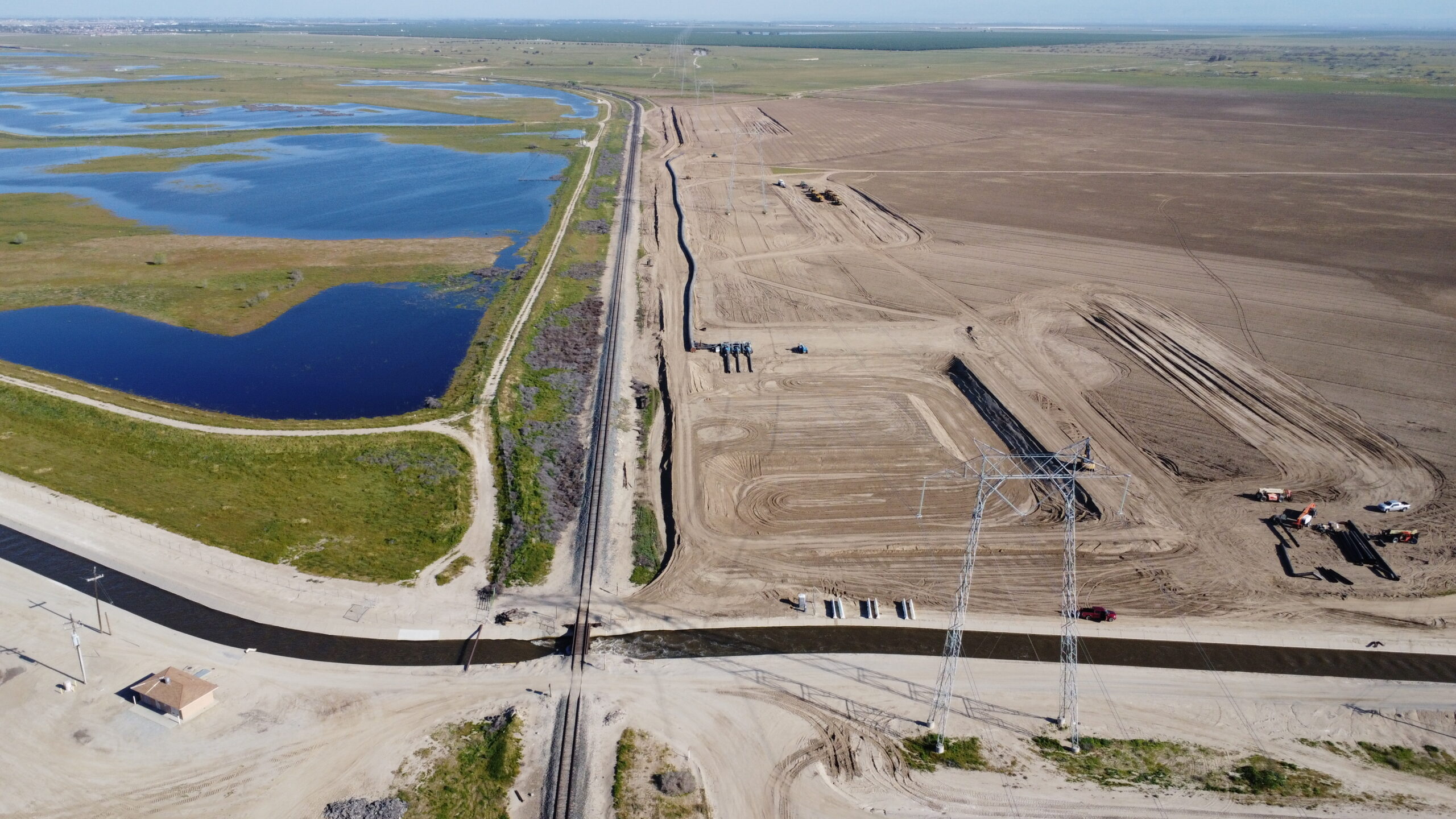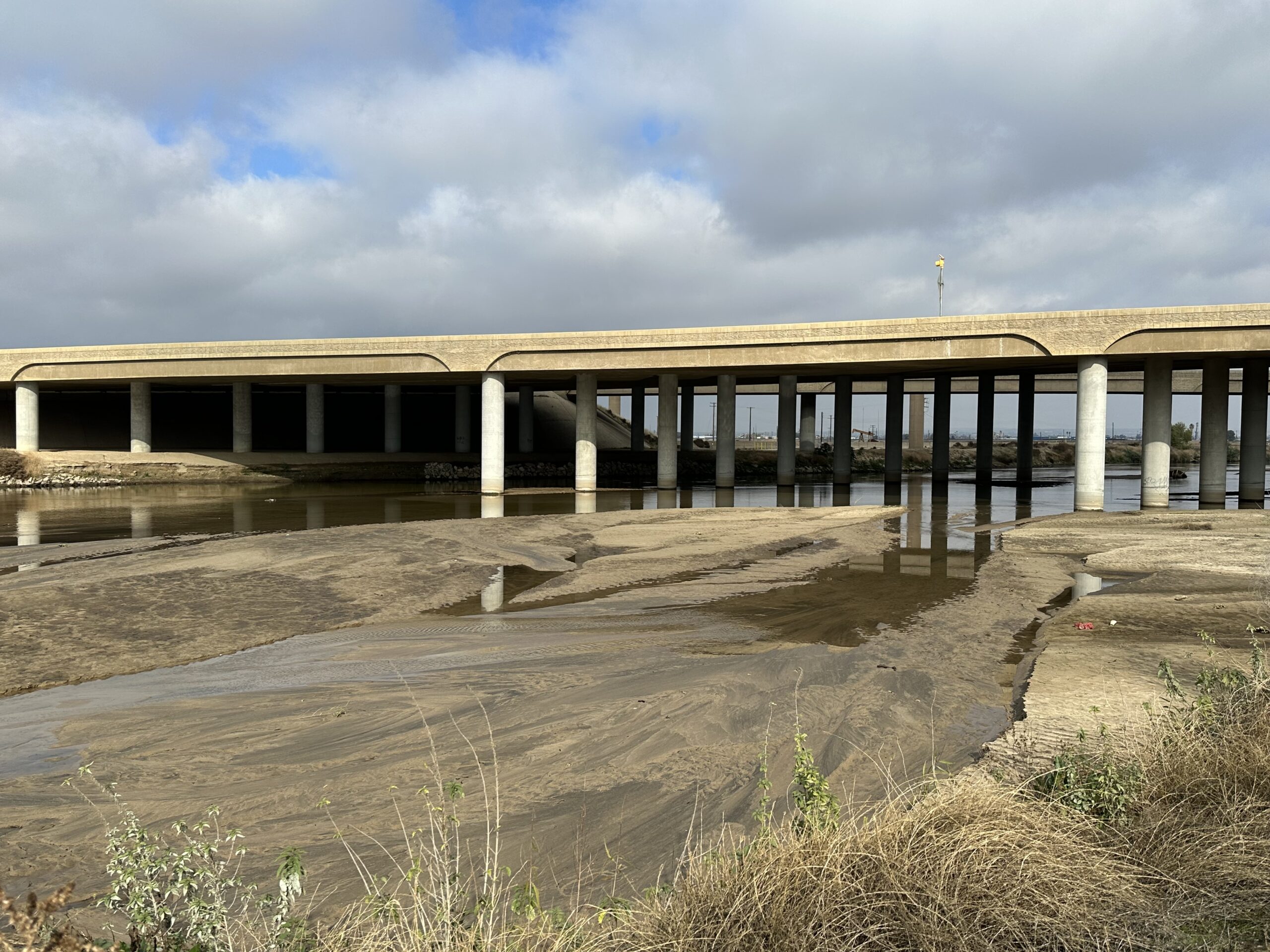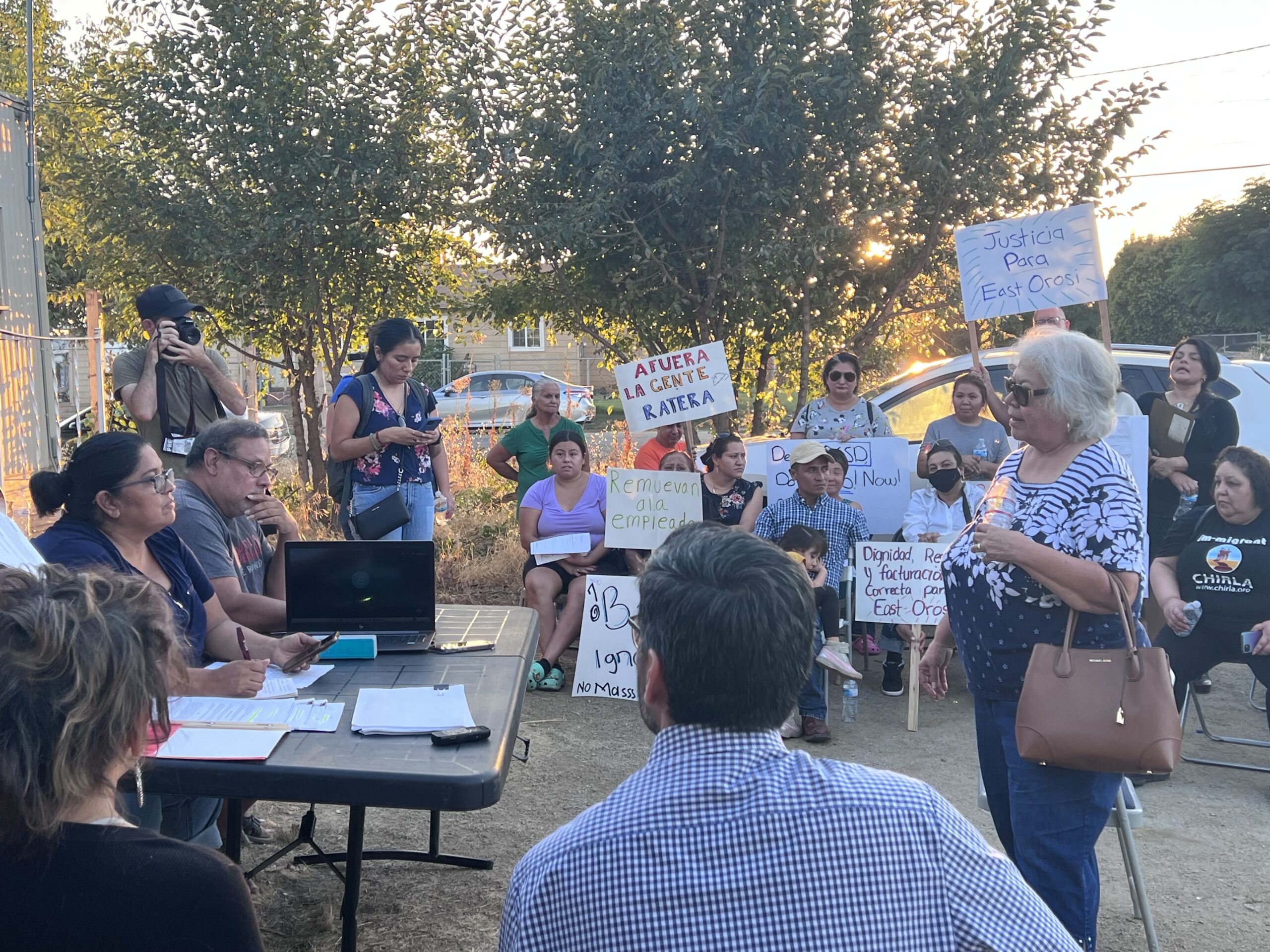After months of fireworks over low-ball pumping numbers and concerns that some groundwater agencies wouldn’t get on board, Kern’s last Groundwater Sustainability Plan was approved Wednesday with barely a murmur.
The Kern Groundwater Authority board of directors voted unanimously to adopt its final GSP with just two weeks to spare before the massive document is due to the State Department of Water Resources.
The KGA’s was the last water plan awaiting formal adoption among Kern’s five valley Groundwater Sustainability Agencies, including Henry Miller, Olcese Water District, Kern River and Buena Vista.
The plans are required under the state’s new groundwater law, the Sustainable Groundwater Management Act, which aims to reduce severe groundwater overdrafting and bring the state’s critical subbasins into balance by 2040. The first plans are due to the state Jan. 31 with updates required every five years.
The GSAs must also sign a coordination agreement pledging to use the same data and accounting methods and make sure any actions they take to manage the Kern subbasin’s groundwater shortfall don’t negatively impact the other GSAs.
Accounting for groundwater became a heated topic at the KGA’s October meeting after its 16 members turned in water budgets showing the entire subbasin was only overdrafted by about 85,000 acre feet a year.
Water district managers were called out for using “phony” numbers by the late KGA Chairman Dennis Mullins. Subsequent water budget numbers show that mostly agricultural pumping is the subbasin is being overdrafted — more water is pumped out than is put back — by about 324,000 acre feet a year. (One acre foot is about enough water cover a football field to a depth of one foot.)
Even as that argument was cooling, the Buena Vista Water Storage GSA, which isn’t a KGA member, said it wouldn’t sign a five-year coordination agreement with the other GSAs because the plans continued to allow too much pumping. Buena Vista would only sign a one-year agreement, General Manager Tim Ashlock said.
That refusal brought fears that all the Kern subbasin groundwater plans would be deemed incomplete, which could trigger probation for the entire subbasin under which the state could take over and issue its own pumping restrictions and fees.
But Wednesday morning, the Buena Vista board of directors approved the coordination agreement for the full five years. They still feel there isn’t enough oversight and too much pumping, Ashlock texted. But directors realized they weren’t going to get others to agree to a one-year agreement and didn’t want to push the subbasin into probation.
What all this means is now the Kern GSAs can file their plans with the state with all the required pieces in place.
Whether the state approves the plans is another story.
The DWR has already sent a comment letter on the KGA plan concerned about subsidence that it says is damaging the California Aqueduct, the state’s main water artery supplying 25 million people.
In that letter, sent Dec. 26, the DWR writes about the KGA groundwater plan that it “…contains the following sentence: ‘While it is generally acknowledged that subsidence exists within the Subbasin, there are generally no significant impacts to infrastructure within the Subbasin.’ We disagree with this conclusion, as subsidence has reduced the flow capacity of the Aqueduct by 19% near Highway 46.”
Similar letters were sent to other GSAs that border the Aqueduct.
Days later, a report on Aqueduct subsidence was released Dec. 31. In that report, researchers suggest that heavy agricultural pumping to sustain a massive increase in permanent crops along the Aqueduct is to blame for several areas of subsidence that have sunk the canal by between four and six feet.
KGA consultant Patty Poire mentioned the DWR letter at Wednesday’s meeting and said state staffers have already scheduled a meeting in Bakersfield on Feb. 7 with Poireand KGA members to discuss the subsidence issue. Letter to Kern County mc Final 26DEC2019
That meeting will not be open to the public.
Share this:
- Click to share on Facebook (Opens in new window)
- Click to share on Twitter (Opens in new window)
- Click to share on LinkedIn (Opens in new window)
- Click to share on Reddit (Opens in new window)
- Click to share on Tumblr (Opens in new window)
- Click to share on Pinterest (Opens in new window)
- Click to share on Pocket (Opens in new window)
- Click to share on Telegram (Opens in new window)
- Click to share on WhatsApp (Opens in new window)
- Click to print (Opens in new window)






